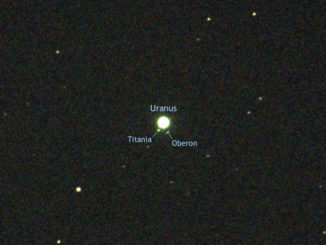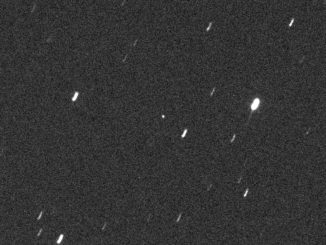
Let Venus be your guide to Mercury at its best in February
Mercury is poised to put on a fine evening show for Northern Hemisphere observers at dusk, attaining a greatest elongation 18.2 degrees east of the Sun on Monday, 10 February 2020. For ten evenings starting 3 February, the innermost planet and its brightest sibling, Venus, maintain an almost constant angular separation low in the west-southwest 40 minutes after UK sunset.









